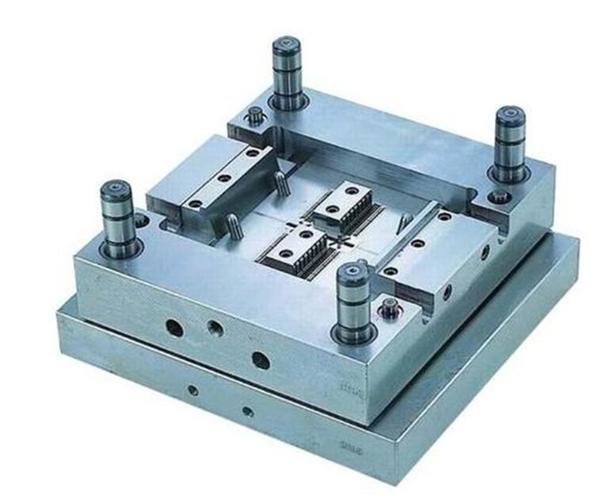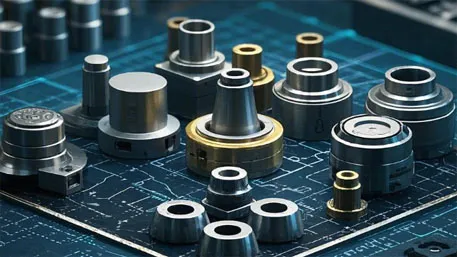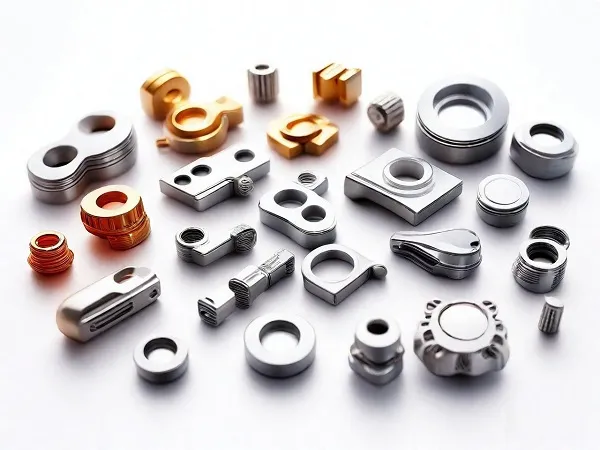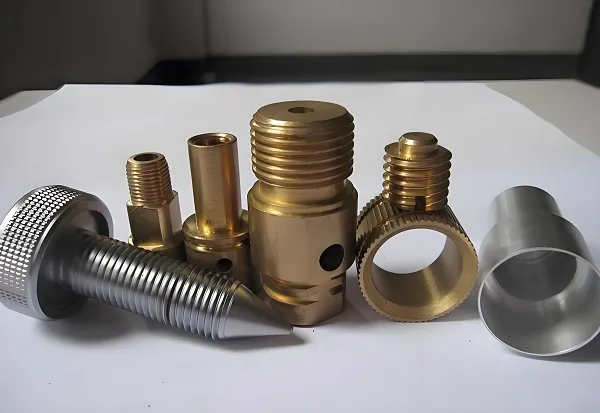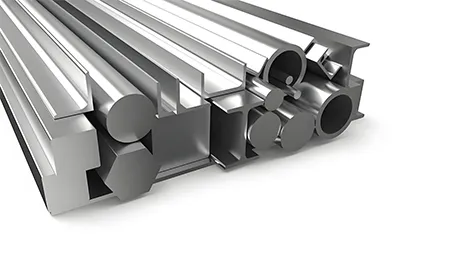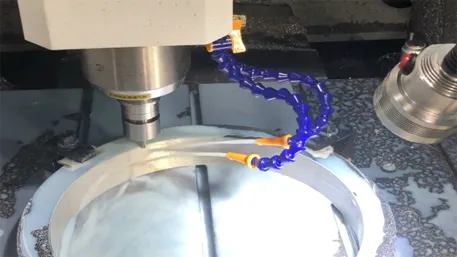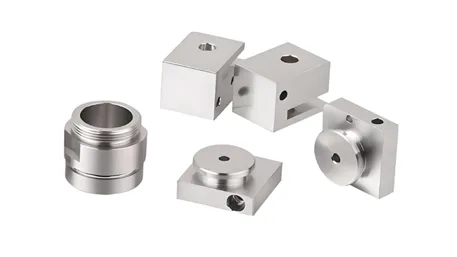The biggest disadvantage of using CNC (Computer Numerical Control) machining is its high upfront cost and ongoing expenses, which can be prohibitive for small businesses, hobbyists, or low-volume production. This financial barrier encompasses equipment, tooling, programming, and maintenance costs, making CNC inaccessible for many applications where manual machining or other methods might be more feasible.
Why is cost the primary disadvantage?
The high cost of CNC machining stems from multiple factors:
- Equipment purchase:
-
- Entry-level CNC mills or lathes start at (10,000–)50,000, while advanced 5-axis machines or industrial-grade systems can exceed (500,000. This is far more expensive than manual tools (e.g., a manual mill costs )1,000–$5,000).
-
- Additional costs include installation (e.g., electrical upgrades, foundation reinforcement for heavy machines) and software licenses (CAD/CAM programs like Fusion 360 or Mastercam, costing (1,000–)5,000 annually).
- Tooling and consumables:
-
- CNC-specific tools (carbide end mills, precision drills) are pricier than manual tools and wear faster due to high-speed operation. A single carbide end mill can cost (50–)200, and large production runs may require frequent replacements.
-
- Coolants, lubricants, and replacement parts (e.g., spindle bearings, linear guides) add recurring expenses, especially for high-volume use.
- Labor and training:
-
- Skilled CNC operators and programmers command higher salaries than manual machinists, as they require expertise in G-code, CAD/CAM software, and machine troubleshooting.
-
- Training staff to use CNC systems (e.g., Fanuc or Siemens controls) involves time and resources, with certification programs costing (2,000–)5,000 per employee.
How does this disadvantage impact users?
- Small businesses and hobbyists: Many cannot afford CNC equipment, limiting them to manual methods or outsourcing, which increases lead times and costs.
- Low-volume production: For runs of 1–100 parts, CNC setup costs often outweigh the benefits. Manual machining or 3D printing may be cheaper despite lower precision.
- Risk of underutilization: Investing in an expensive CNC machine that operates at 30% capacity (common for small shops) leads to poor return on investment (ROI).
What are other notable disadvantages of CNC?
While cost is the biggest issue, other drawbacks include:
- Complexity in programming: Writing or debugging G-code for complex parts requires expertise. Errors in programming can lead to costly mistakes (e.g., tool collisions, scraped workpieces).
- Reduced flexibility for one-off parts: CNC excels at repeatable runs, but setting up for a single custom part (e.g., a unique prototype) is time-consuming compared to manual machining, where an operator can adapt on the fly.
- Maintenance demands: CNC machines have intricate components (servomotors, linear guides) that require regular, specialized maintenance. Repairs (e.g., replacing a faulty spindle) can cost (5,000–)20,000 and halt production for days.
Can the cost disadvantage be mitigated?
Yes, through strategies like:
- Leasing or financing: Reduces upfront costs by spreading payments over time.
- Outsourcing: Using CNC service providers for low-volume parts avoids equipment ownership costs.
- Entry-level machines: Compact CNC routers or benchtop mills ((5,000–)15,000) offer basic capabilities for small-scale use.
Conclusion
The biggest disadvantage of CNC machining is its high upfront and ongoing costs, which create a financial barrier for many users. While CNC offers unmatched precision and efficiency for high-volume production, the expense of equipment, tooling, and training makes it impractical for small-scale operations or low-volume runs. Understanding this limitation helps businesses choose the right manufacturing method—balancing cost, precision, and production needs.
